For one thing, mentors share more of themselves and who they are, and understand their role as providing support and encouragement, rather than just keeping students disciplined or moving along in the curriculum. Many teachers I know are sharing more with their students about how they’re personally dealing with COVID, which has led to a stronger sense of connection and mutual understanding.
The mentoring relationship starts with human connection—it’s a bidirectional relationship. This differs from the classic teacher-student relationship, which relies on a one-directional flow, teacher to student. Most thoughtful teachers I know enter the profession largely for the relationships with students, but the truth is that the structure of school (particularly high school) squeezes the opportunities for connection out, or relegates them to extracurricular activities.
Over the years, creative school models, like Big Picture Learning, have popped up that intentionally foster mentoring relationships. Students work closely over multiple years with one “advisor” who works with each student and their family to craft individual learning plans. Students also engage in internships at community organizations and businesses where they develop relationships with mentors as they explore career possibilities. Multiple studies have suggested that this approach leads to increased student engagement and stronger interpersonal and intrapersonal skills such as collaboration, self-efficacy, and academic engagement.
